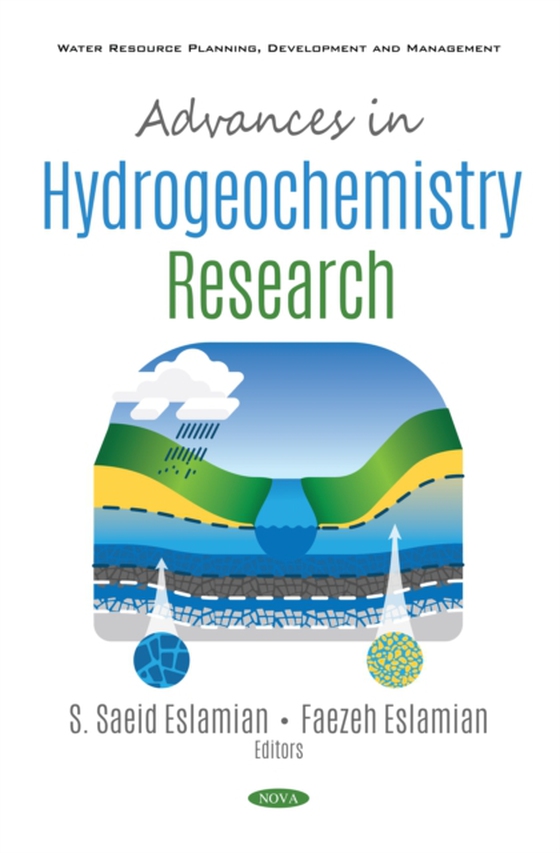
Advances in Hydrogeochemistry Research e-bog
2738,46 DKK
(ekskl. moms 2190,77 DKK)
Hydrogeochemistry is of great application in reconstructing the previous groundwater circulation under ice sheets due to meltwater recharging the subsurface having a geochemical signature that could be discriminated from the other sources of water produced under warmer climates. Many hydrogeological factors could affect the geochemical composition of groundwater. These include the climate condi...
E-bog
2738,46 DKK
Forlag
Nova
Udgivet
1 maj 2020
Længde
395 sider
Genrer
Water supply and treatment
Sprog
English
Format
pdf
Beskyttelse
LCP
ISBN
9781536178302
Hydrogeochemistry is of great application in reconstructing the previous groundwater circulation under ice sheets due to meltwater recharging the subsurface having a geochemical signature that could be discriminated from the other sources of water produced under warmer climates. Many hydrogeological factors could affect the geochemical composition of groundwater. These include the climate conditions, the lithology of the substrate and its hydraulic conductivity, the weathering, the length of the flow path, the penetration depth, the groundwater flow velocity and the residence time of groundwater. In recent years, hydrogeochemistry advances in analytical technology have allowed hydrogeochemical surveys to become a very powerful exploration technique. The new research works in this area are very broad and extensive. In this mini book, it is impossible to bring all of these novel techniques. The current Advances in Hydrogeochimistry Research book is limited to some diverse examples in different regions of the earth. As an introduction, chemical interaction between surface water and groundwater has been explained and discussed. A hydrogeochemical perspective of the wetland systems is then drawn. It has been combined with the biological remediation. Contaminant fate and transport in both groundwater and soil are also studied using different image analysis techniques. A case study in an Arab region of the world is comprehensively undertaken and the impact of groundwater pollution and quality on regional economics has been investigated. The concepts, classifications and applications of the groundwater modeling for solute transport simulation have been defined in the saturated porous media of the earth. An African analysis was done on assessing the microbiological quality of potable groundwater from the selected protected and unprotected wells in Zimbabwe. 36Cl for dating groundwater was contributed on the Guarani Aquifer System, located beneath the surface of Argentina, Brazil, Paraguay and Uruguay and is the second largest known aquifer system in the world and is attributed as an important source of freshwater. For semi-arid and arid zones of Iran, geospatial techniques in hydrogeochemistry have been used by intersecting the layers and statistical analysis. Then, a hydrochemical analysis of the bottled mineral waters has been comparatively studied. In another part of Africa, a semiarid part of North Eastern Nigeria, physicochemical characteristics of groundwater are widely determined. It has been also shown that the hydraulic fracking associated with the coalbed methane production has a great impact on water resources. Finally, various case studies have been done on the environmental state of freshwater, natural resources and mine waters in the some parts of Serbia, Spain and Central Asia. In addition, the implications on regional water resources management have been indicated. This book is intended primarily as a textbook at the graduate/research level and as a guide for field engineers, enabling them to remain current with scientific developments. As a simple prerequisite, the readers should have basic background knowledge in groundwater engineering and a general understanding of environmental and geological processes.
 Dansk
Dansk

